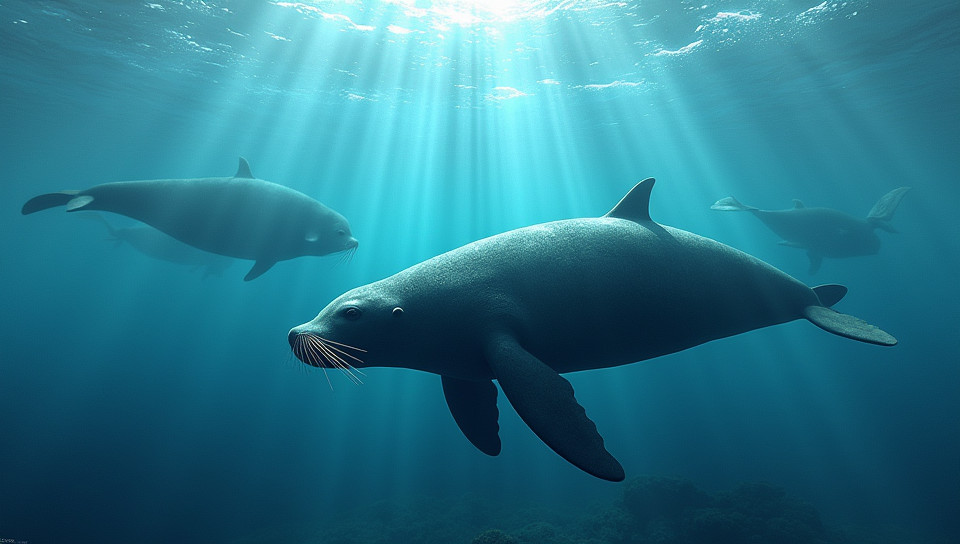Noise controls protect marine mammal habitats 61%

Protecting Marine Mammal Habitats: The Critical Role of Noise Controls
The world's oceans are facing unprecedented threats, from climate change to pollution and overfishing. However, one often-overlooked issue is the impact of noise on marine mammal habitats. As human activities such as shipping, seismic surveys, and sonar operations increase in intensity, the noise levels in our oceans are reaching alarming highs. This has devastating consequences for marine mammals, which rely on their sensitive hearing to navigate, communicate, and find food.
The Impact of Noise Pollution on Marine Mammals
Marine mammals, including whales, dolphins, and seals, use sound to navigate their environment and locate prey. However, noise pollution from human activities can disrupt this communication and make it difficult for them to survive. For example:
- Exposure to loud noises can cause physical harm to marine mammals
- Disruption of communication can lead to changes in behavior and social structure
- Noise pollution can even affect the ability of marine mammals to find food
The Importance of Noise Controls
In recent years, there has been a growing recognition of the need for noise controls to protect marine mammal habitats. This includes measures such as:
Implementing Regulations
Regulations can play a critical role in reducing the impact of noise pollution on marine mammals. For example, some countries have implemented speed limits for ships in areas known to be frequented by marine mammals.
Encouraging Best Practices
Industry leaders and individuals can also make a difference by adopting best practices that minimize noise pollution. This includes using quieter technologies and implementing measures to reduce the impact of seismic surveys and sonar operations.
The Future of Marine Mammal Conservation
As we move forward, it is essential that we prioritize noise controls as a critical component of marine mammal conservation efforts. By working together, we can protect these incredible creatures and their habitats for future generations.
In conclusion, the protection of marine mammal habitats requires a concerted effort to reduce noise pollution from human activities. By implementing regulations, encouraging best practices, and promoting education and awareness, we can make a significant difference in the lives of these amazing animals. It's time for us to take action and ensure that our oceans remain healthy and thriving ecosystems for years to come.
- Created by: Charles Lopez
- Created at: Jan. 29, 2025, 4:23 p.m.
- ID: 19527







